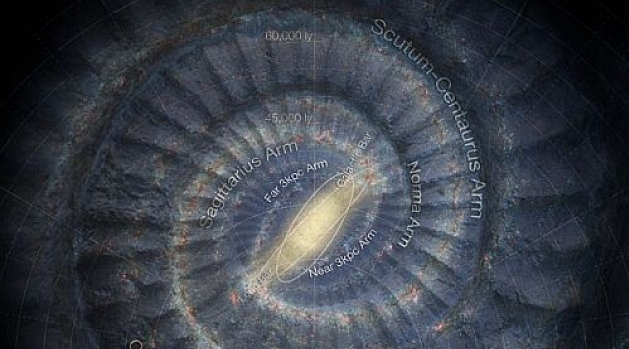New network for nuclear astrophysics
Uppsala University is a member of the new Horizon2020 network ChETEC-INFRA, or Chemical Elements as Tracers of the Evolution of the Cosmos – Infrastructures for nuclear astrophysics. During the next four years, it will strengthen the European research landscape within nuclear astrophysics.
In early May 2021, the new European network ChETEC-INFRA for nuclear astrophysics started. Until April 2025, Uppsala University, together with 31 partners in 17 countries around Europe, will build European collaborations within the interdisciplinary research field nuclear astrophysics where nuclear physics, astronomy/astrophysics and computer science meet. The European commission supports the network with five million euro.
Telescope, in Chile's Atacama desert.
Photo: Siyi Xu
– We will conduct research, education and outreach. But the main focus is on what is called Trans-National Access, which means that we make facilities available for interested researchers. These facilities are accelerators, telescopes and supercomputers, says Andreas Korn, Senior Lecturer at the Department of Physics and Astronomy at Uppsala University.
The participants will collaborate in various individual research projects. Together with researchers in, among others, Vilnius, Heidelberg and Trieste, Uppsala University will focus on methods for spectroscopic stellar analyses.
Research Project within Stellar Spectroscopy
Stellar spectroscopy gives access to the individual elements’ abundances in various objects, regions and evolutionary phases of the Milky Way. With such observations, researchers want to understand the processes which control the successive enrichment of the elements through various fusion processes in stars. The field is also known as Galactic archaeology since one often studies metal-poor stars from the childhood of the Milky Way and the universe 12 billion years ago.
– My task within the research project is to develop an analysis pipeline which may establish a new standard for abundance analyses in this research field. The pipeline is not going to be able to do everything, but will instead be tailored for exactly the research questions we currently have. A postdoctoral researcher will be hired to help adapt existing pipeline components to the scientific purposes the project focuses on, says Andreas Korn and finishes:
– It is exciting and developing to be part of the project and the network. It is especially fun to work with the big questions in nuclear astrophysics, for example the ones concerning element creation in the Big Bang. It is astonishing that we can study atoms that were created only minutes (!) after the universe as we know it came to be, in what is called Big Bang nucleosynthesis.
Therese Herrgård

